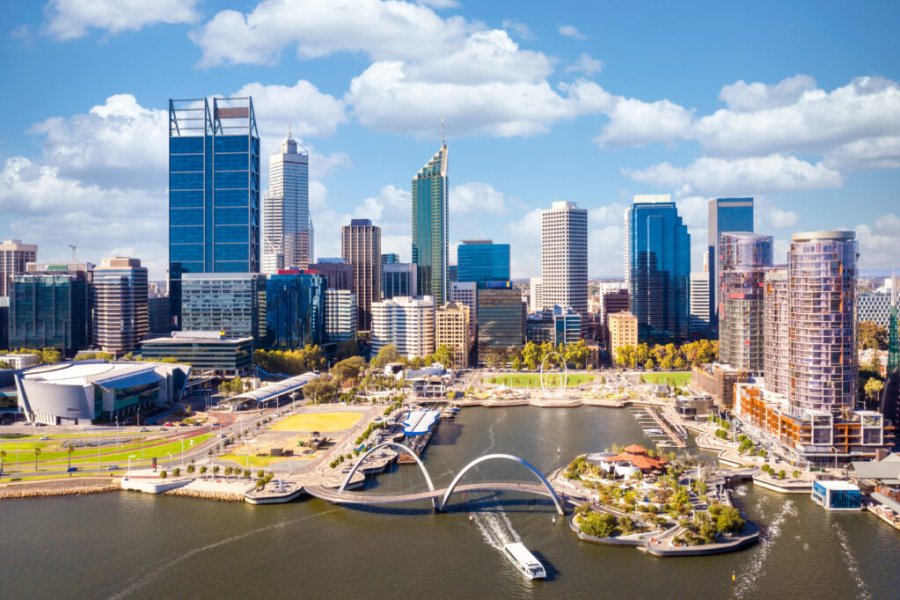Travel Guide Apamee - Afamia
Find an accommodation
Advertising
It is possible to combine the visit of Apamea with that of Massyaf and Qal Shaizar, even in public transport, in a busy day.The ancient Afamia falls slowly in its ruins. The one whose territory gathered at least 500 000 inhabitants is nothing more than a huge field that farmers still plant. Only 2% of the site has been explored. Fortunately, excavations concentrated on the main buildings of the city, redessinant the agora, theatre, churches, thermal baths, residences and above all the huge colonnade.A tourist rival of Palmyra, Apamea does not have the fame that Palmyra gives to the heart of the desert and its best state of conservation. But, with the town of Overnight, it illustrates the genius of ancient builders, capable of playing with architectural cannons in very different landscapes and climates, using very different materials.It's on the acropolis, the tell to the west of the colonnade where the modern village was established, and discovered the first clues of human occupation dating back to the Neolithic. A habitat that was not expected to decrease over the millennia. Apamea is cited in Egyptian texts, akkadian and hittites in the th and th centuries BC.The Pharnake of the Persian Empire will soon be won by Greek influence. Around 300 BC, the Seleucids named the name of Apamea. Through its construction on the plateau to the east of the original state, the city becomes, until the Arab conquest, an administrative and military capital.Located in the heart of a fertile region, irrigated by the Orontes, which flows through the Ghab plain at the foot of the citadel, Apamea, through its territory, could afford to feed an important garrison. Controlling access to the valley, it served as a base for campaigns against the Parathians. Caracalla, Cleopatra and Septime Severe fouleront their soil. It will actively participate in the quarrels of the first churches. However, from the century's life, its decline began. Bags, tax, fires and earthquakes will lead the population gradually to desert the site to settle in the old acropolis, then transformed into a strong place. The crusaders will be evicted by Noureddin in 1149, after 43 years of occupation. The Ottomans will build on his feet a khan and mosque, which today houses the treasures of his prestigious past. Identified in 1846 as the ancient Afamia, the site will only be systematically explored from 1928 onwards. Conducted by a Belgian mission, excavations last to stop at the end of the Second World War. It had to wait until 1965 for them to resume under the aegis of the Belgian Centre for Archaeological Research in Apamea in Syria and under the leadership of Jean-Charles Balty. Since 1966, to revive the site, the Department of Antiquities in Damascus, and then the president of the hotel chain Cham Palace, Osmane Aïdi and its foundation (Aïdi Foundation), have undertaken to go back the colonnade. Work which, because of the excessive use of cement, makes the teeth of certain specialists squealing. But what would we do to safeguard this magnificent colonnade, "a main avenue, according to the words of Osmane Aïdi, as broad as the Champs-Elysées, in a country precursor in many fields". To visit the ruins, we recommend that you bring a flashlight, long trousers and socks. The site is bushy, the lizards are giving their heart to joy.
Suggested addresses Apamee - Afamia
Weather at the moment
Advertising
Organize your trip with our partners Apamee - Afamia
Transportation
Book your plane tickets
Car Rental
Boat rental
Accommodation & stays
Find a hotel
Holiday rental
Find your campsite
Tailor-made trip
Immersion travel
Services / On site
Activities & visits
Find a doctor



